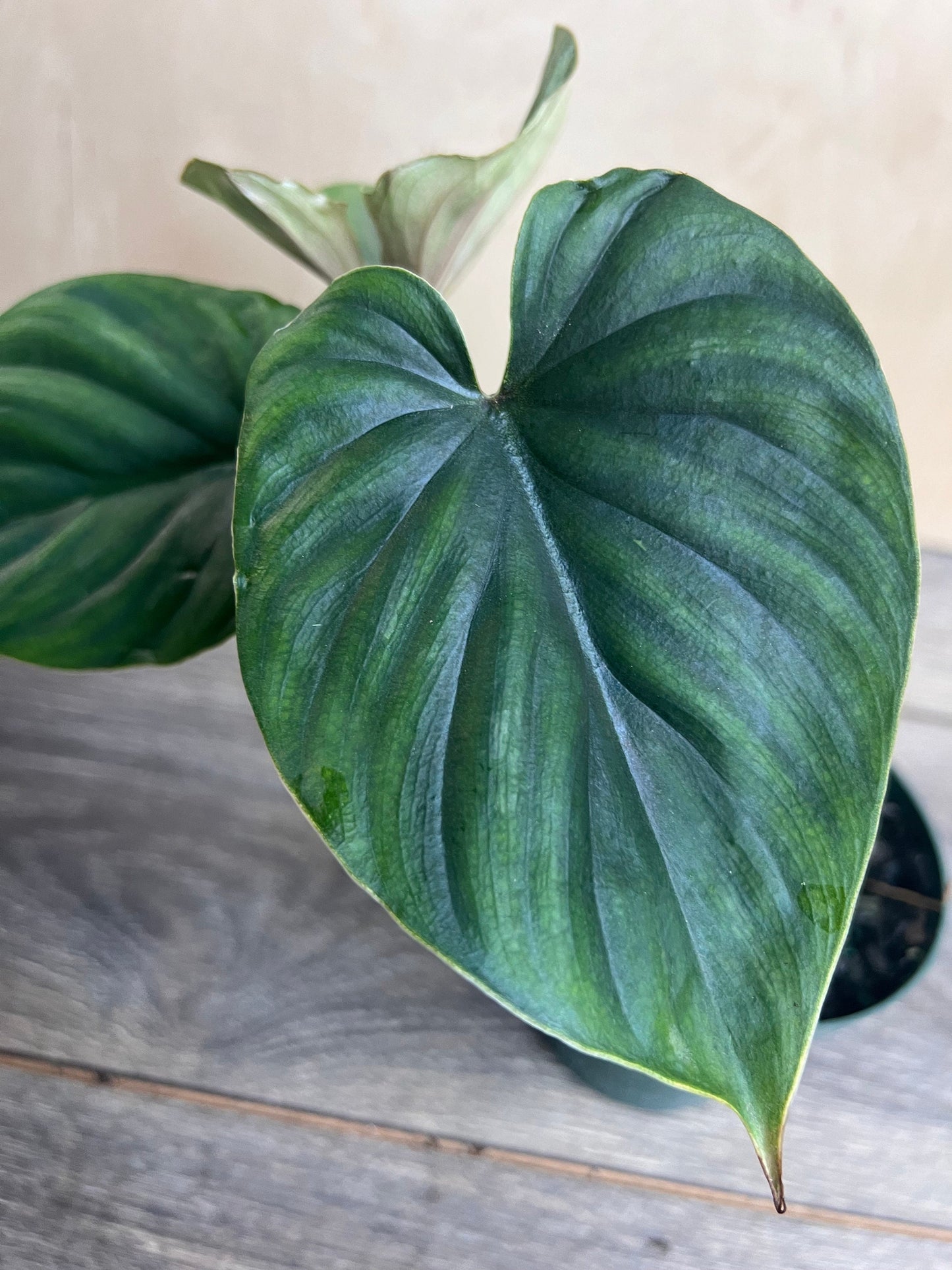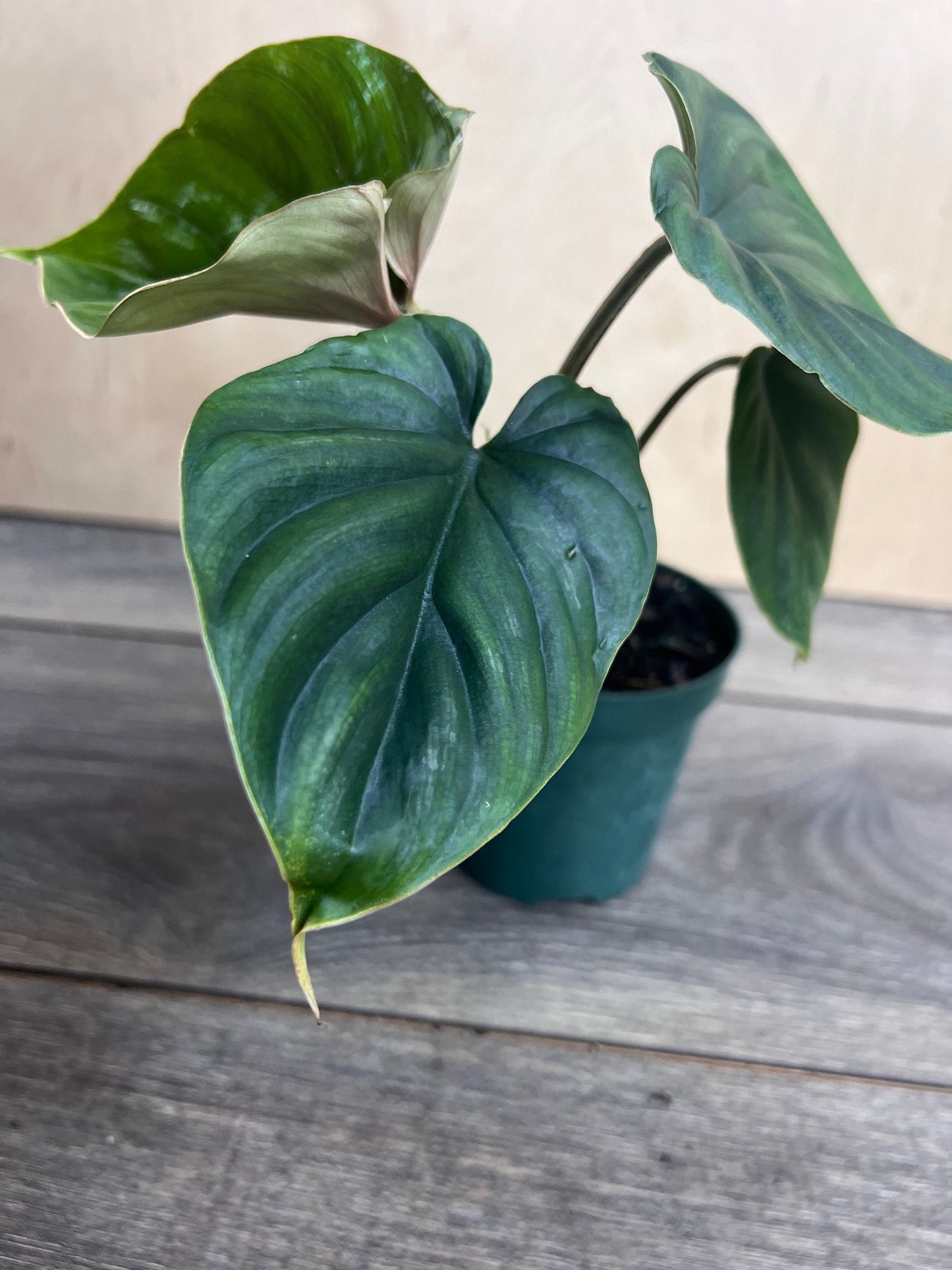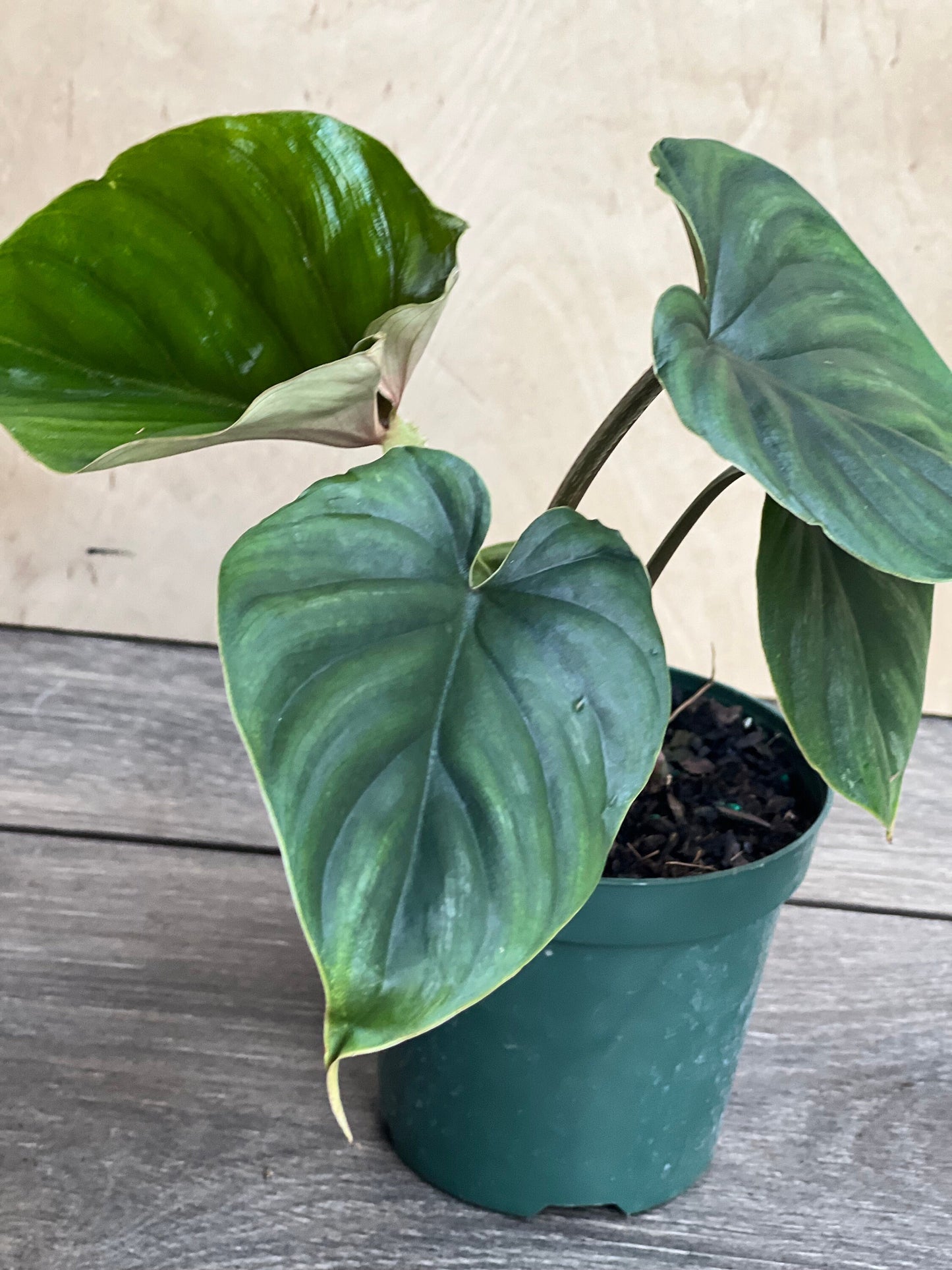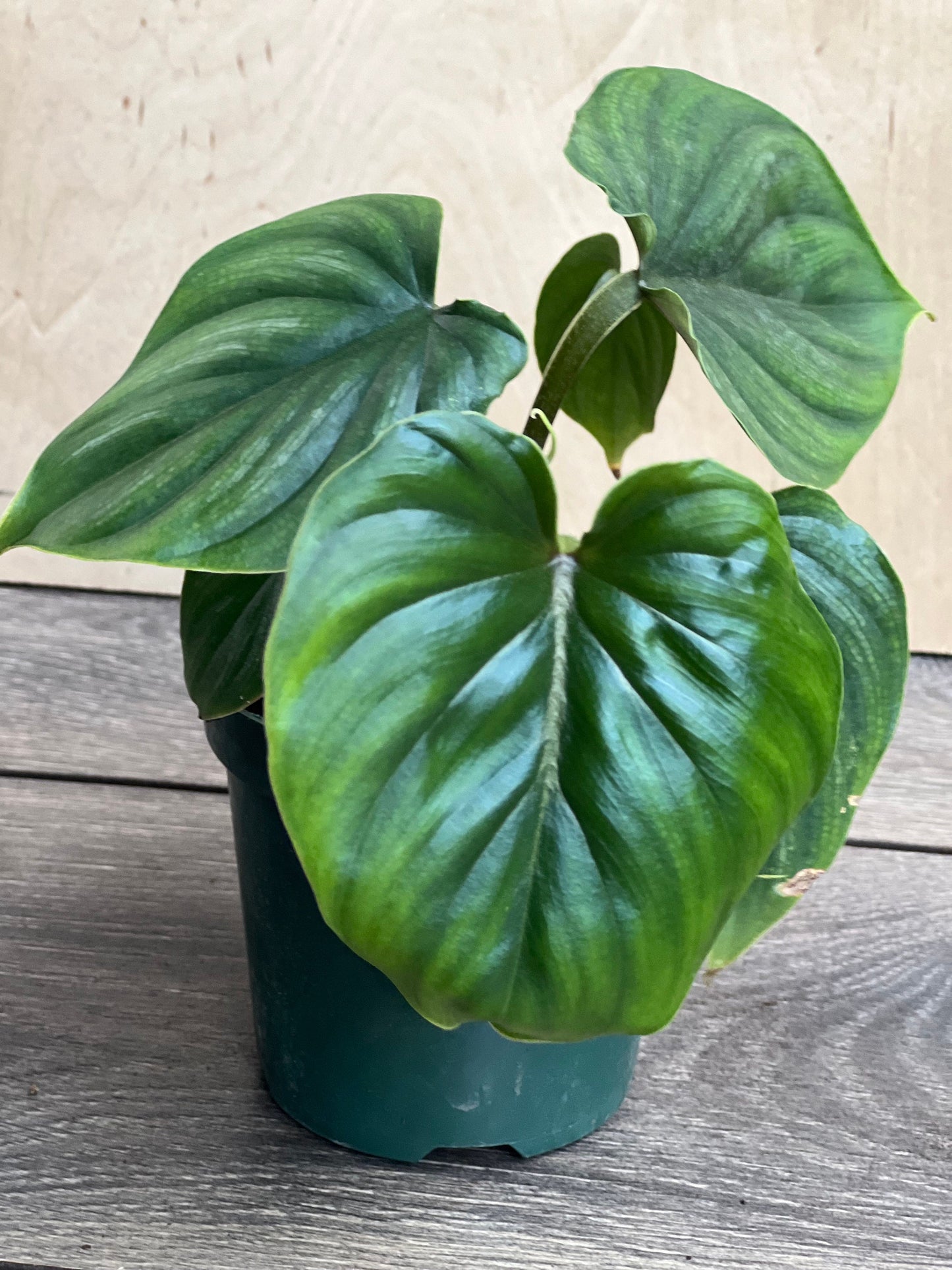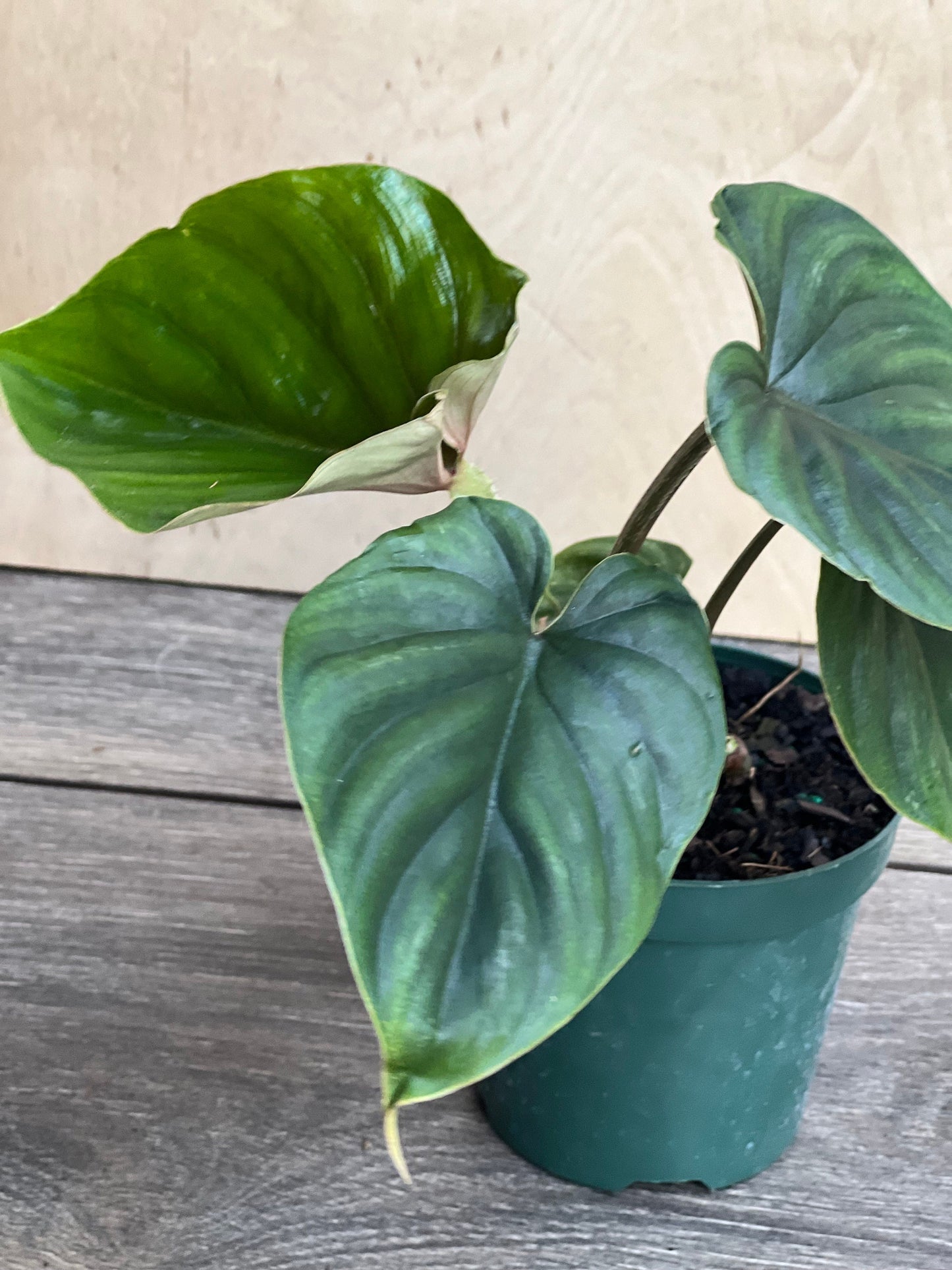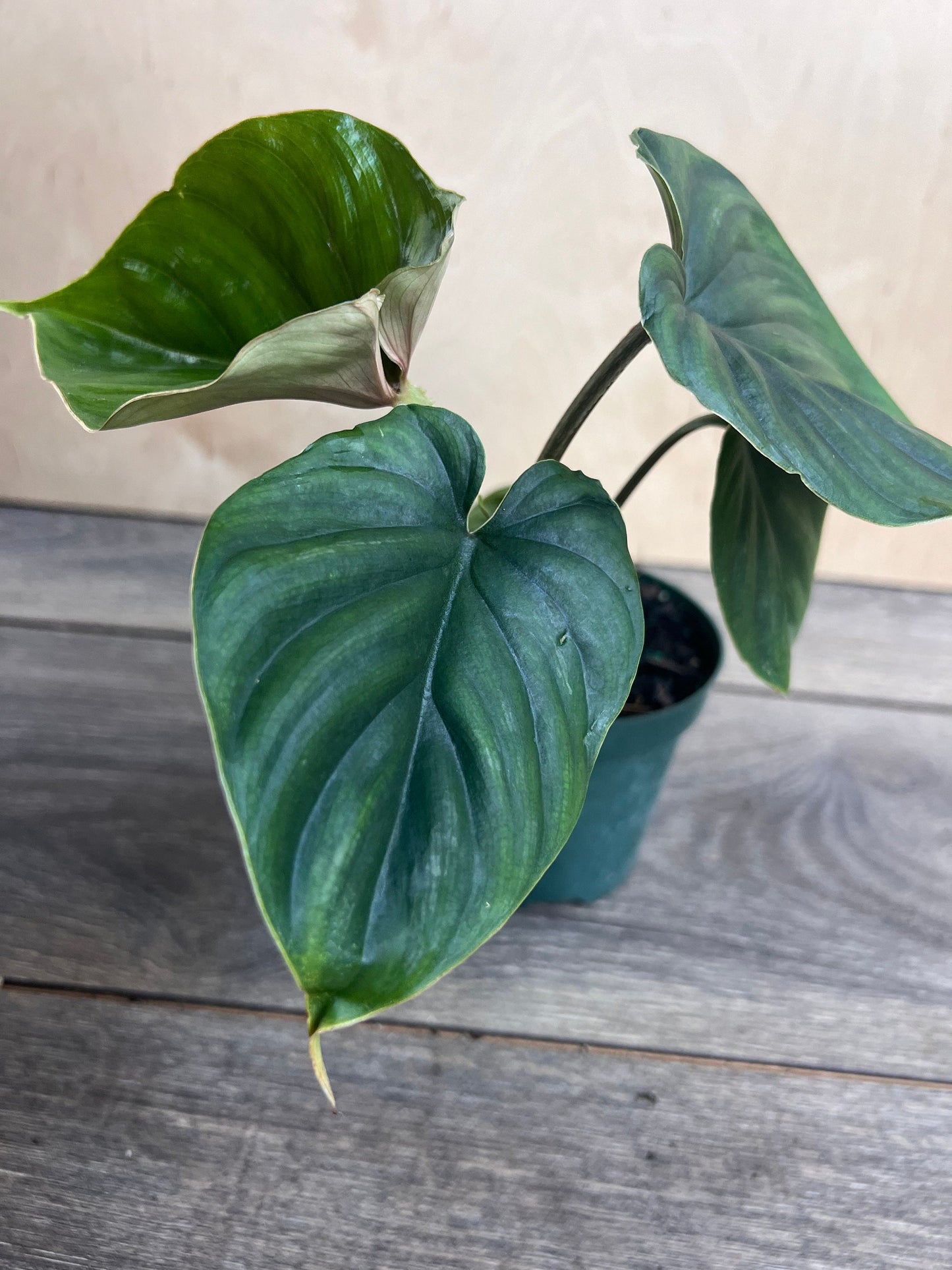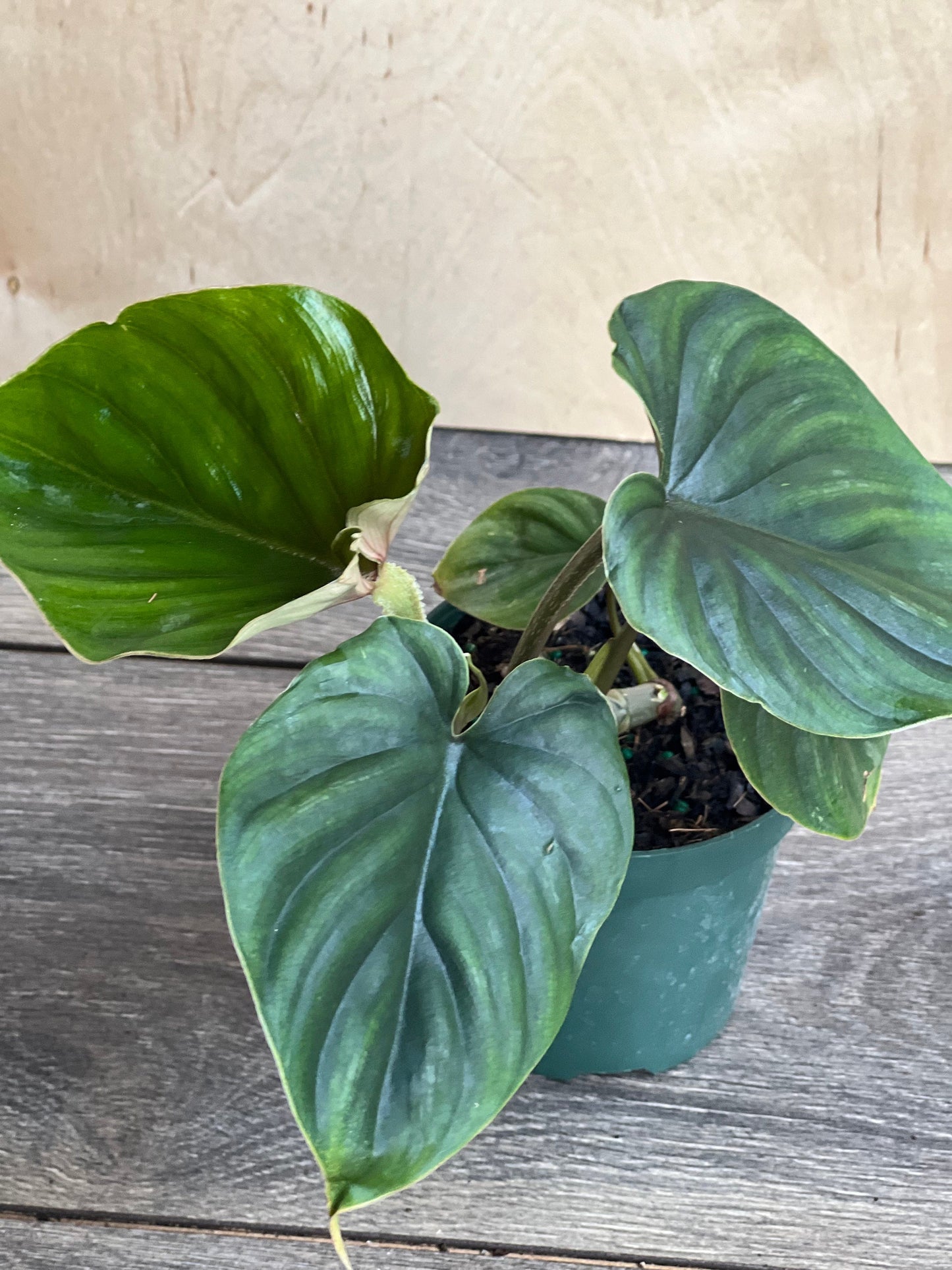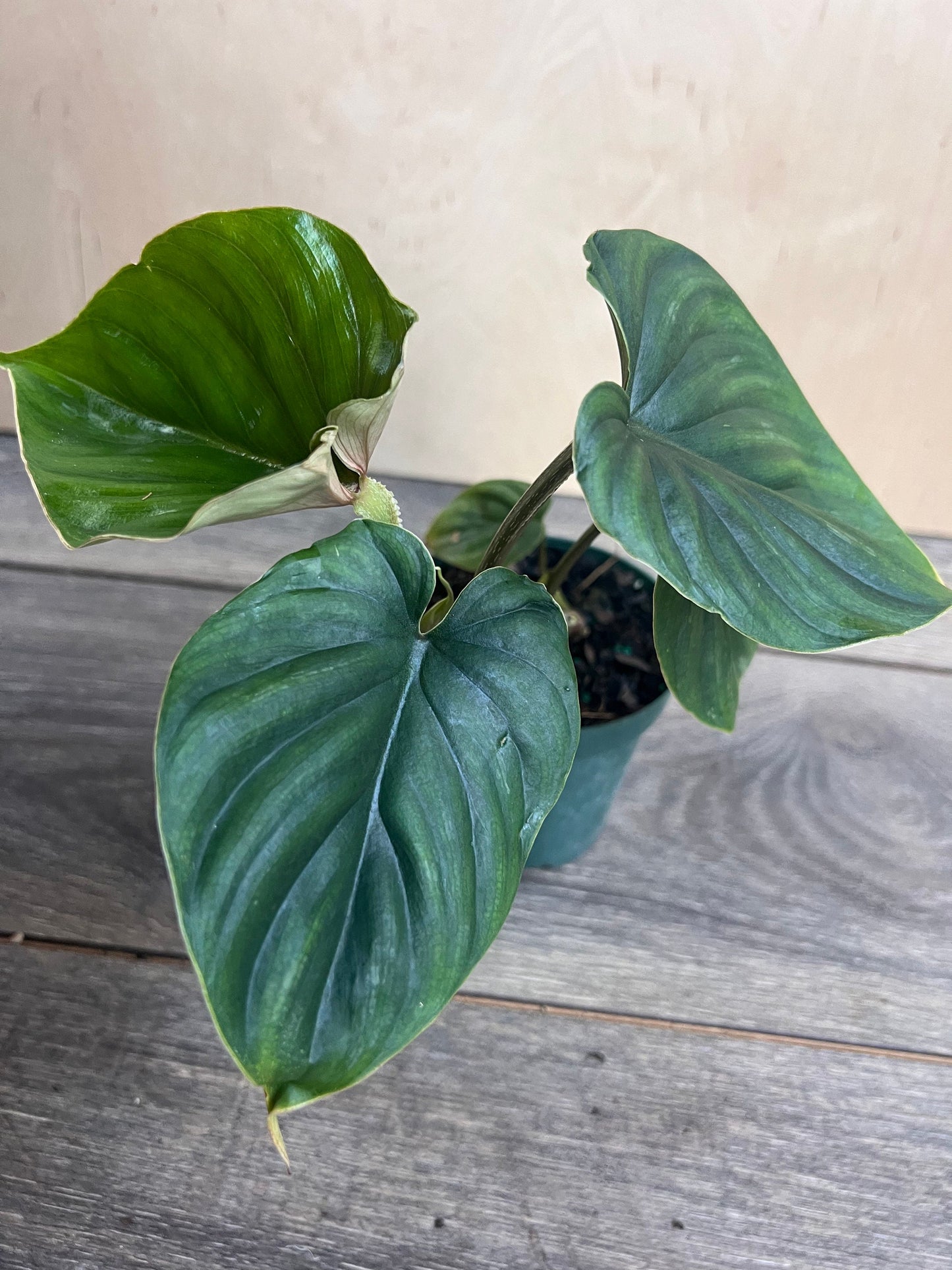Philodendron Plowmanii in 4” Pot
Philodendron Plowmanii in 4” Pot
Couldn't load pickup availability
Note: You will receive Philodendron Plowmanii in 4” similar to the pictures
Philodendron plowmanii is a rare and highly sought-after species of Philodendron, known for its striking, large, and deeply lobed leaves. Native to the rainforests of South America, this plant is characterized by its long, arrow-shaped leaves that are typically a rich green with a subtle, velvety texture. As the plant matures, the leaves can become quite large and may develop a darker, glossy finish. Philodendron plowmanii is an epiphytic plant, meaning it often grows on trees in its native habitat, using its aerial roots to anchor itself and receive moisture from the environment. The plant's bold, tropical foliage makes it an attractive addition to any indoor plant collection, particularly in spaces where large, statement plants are desired.
-
Light
- Philodendron plowmanii thrives in bright, indirect light. It can tolerate some lower light conditions, but it will grow more slowly and may lose some of its vibrancy. Too much direct sunlight can scorch the leaves, causing them to become dry or brown, especially around the edges. If you want the plant to flourish and produce large, healthy leaves, ensure it gets plenty of bright, filtered light.
-
Watering
- This plant enjoys consistently moist soil, but it’s important not to let the soil become soggy. Water the plant when the top 1–2 inches of soil feel dry to the touch. In general, it’s better to underwater slightly than overwater, as too much water can lead to root rot.
- Always ensure the pot has good drainage to prevent water from accumulating at the bottom. During the winter months, you can reduce the frequency of watering, as the plant’s growth slows down.
-
Soil
- A well-draining potting mix is essential for Philodendron plowmanii. A typical indoor mix with added perlite, orchid bark, or coconut coir will ensure proper drainage and aeration for the roots. This plant likes its soil to retain some moisture but also needs to dry out slightly between waterings.
-
Temperature
- Philodendron plowmanii prefers warm temperatures between 65°F and 80°F (18°C and 27°C). It should be kept away from cold drafts, air conditioning vents, and direct exposure to cold temperatures below 50°F (10°C), as it can cause stress to the plant.
-
Humidity
- As a tropical plant, Philodendron plowmanii thrives in high humidity (50% or higher). If you live in a dry climate or experience low humidity indoors, consider placing the plant on a humidity tray, using a humidifier, or misting the leaves occasionally to increase moisture in the air. Higher humidity will help maintain the plant’s large, healthy leaves and prevent them from becoming dry or crispy at the edges.
-
Fertilizing
- During the growing season (spring and summer), feed your Philodendron plowmanii once a month with a balanced, liquid fertilizer diluted to half strength. This helps support healthy growth and encourages large, vibrant leaves.
- In the fall and winter, the plant’s growth slows down, so you can cut back on fertilization or stop altogether. Over-fertilizing can lead to nutrient burn or an accumulation of salts in the soil, so it’s better to under-fertilize than overdo it.
-
Pruning
- Philodendron plowmanii doesn’t require regular pruning but can be pruned to control its size or shape. You can trim any leggy stems or dead leaves to keep the plant looking tidy.
- If you want to propagate the plant, you can take stem cuttings with at least one node (the part of the stem where roots can develop). Place the cutting in water or directly in moist, well-draining soil. Once it has developed roots, you can pot it up.
-
Repotting
- Repot your Philodendron plowmanii every 1–2 years or when it becomes root-bound. When repotting, choose a pot that’s 1–2 inches larger than the current one to allow the roots to expand. Fresh, well-draining soil should be used when repotting to ensure the roots have the proper environment for growth.
- Repotting is best done during the spring or early summer when the plant is actively growing.
-
Pests and Diseases
- Like many tropical plants, Philodendron plowmanii can be susceptible to common houseplant pests, such as mealybugs, aphids, spider mites, and scale. Inspect your plant regularly, particularly the undersides of the leaves, for signs of pests.
- Root rot is a common issue caused by overwatering or poor drainage, so ensure the plant has proper drainage and that you’re not keeping the soil too wet for long periods.
Share
